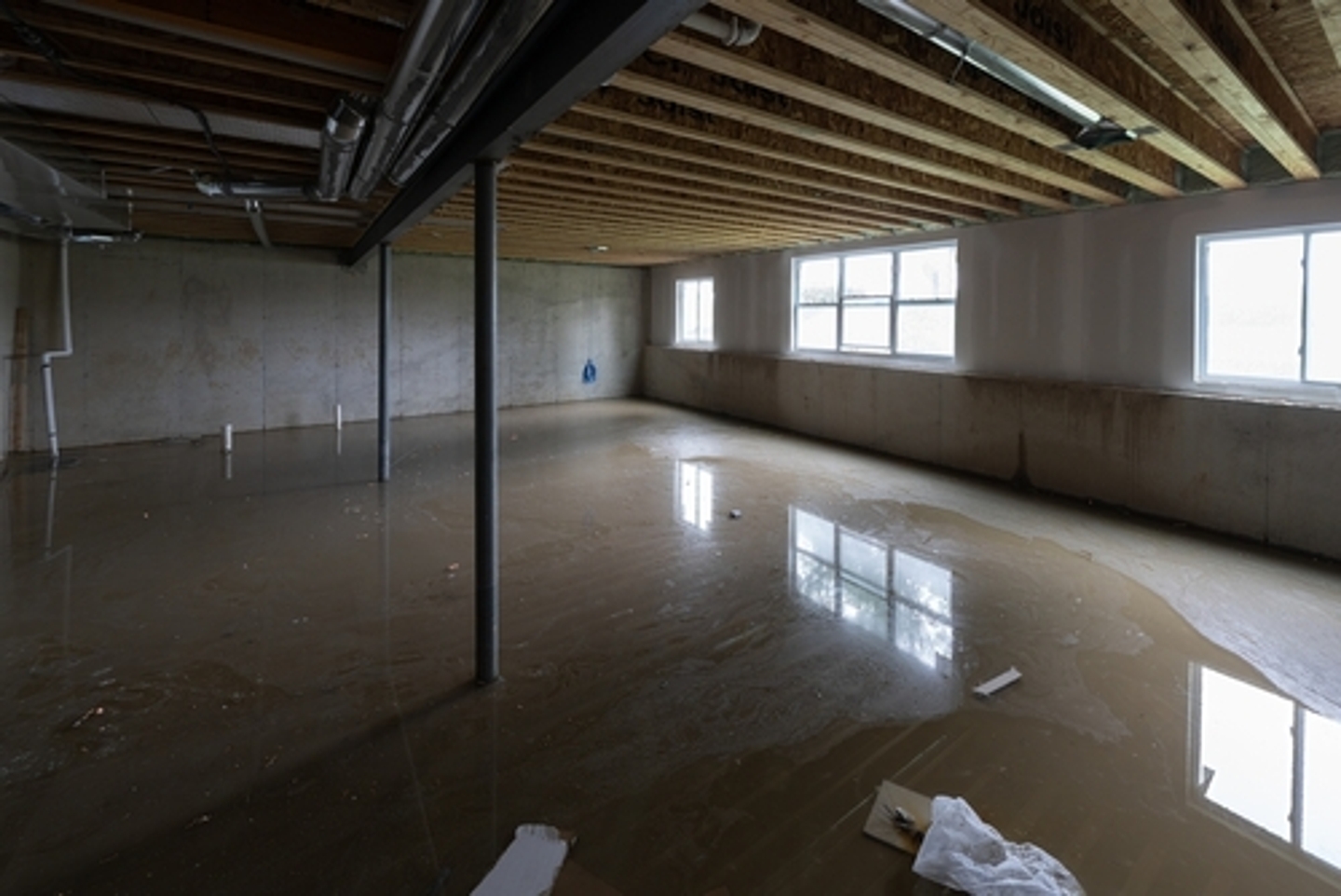
Step 1: Identify the Source of the Water
The first step in dealing with a wet basement is to determine where the water is coming from. There are several potential causes of water intrusion, and identifying the source will help you choose the most effective solution. Common causes of water in the basement include:
- Rainwater or groundwater seepage: Heavy rains or rising groundwater levels can lead to water seeping through cracks in the foundation or walls.
- Plumbing leaks: A burst pipe, leaking water heater, or faulty sump pump can cause water to pool in the basement.
- Condensation: High humidity levels can lead to condensation on cold surfaces like basement walls and floors, creating damp conditions.
Once you’ve identified the source of the water, you can take the appropriate action. For example, if the water is coming from a plumbing leak, you’ll need to shut off the water supply and repair the pipe. If the issue is groundwater seepage, you may need to take steps to waterproof your basement.
Step 2: Remove Water and Moisture
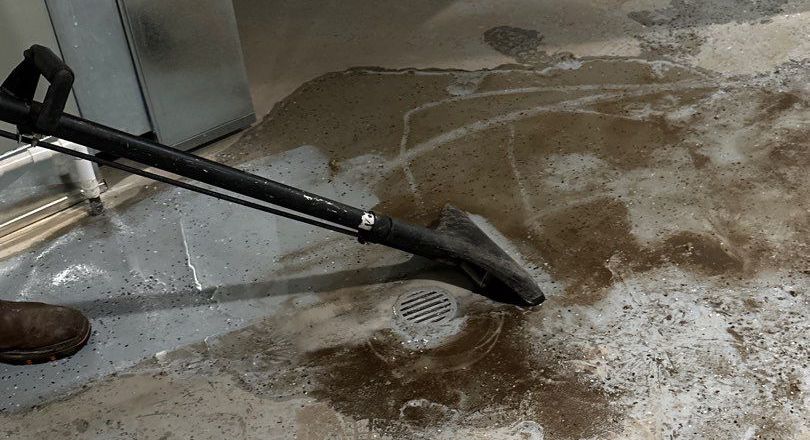
After identifying the source of the water, the next step is to remove it as quickly as possible. The longer water sits in your basement, the more damage it can cause, including mold growth and structural weakening. Here’s how to safely remove water from your basement:
1. Use a Wet/Dry Vacuum
If the water in your basement is less than an inch deep, a wet/dry vacuum can be a quick and effective solution for removing it. Wet/dry vacuums are designed to handle water cleanup and can remove standing water from floors and low-lying areas. Be sure to empty the vacuum’s tank frequently and dispose of the water safely.
2. Use a Sump Pump
For deeper water, a sump pump is your best option for removing the excess water from your basement. Sump pumps are typically installed in the lowest part of the basement and work by pumping water out and away from the home. If you don’t already have a sump pump, you can rent one from a hardware store or hire a professional to install a permanent system.
3. Use Towels and Fans for Small Areas
If the water issue is isolated to a small area or caused by condensation, you can use towels to dry the surfaces and fans to circulate air. Good air circulation is crucial for preventing mold growth once the immediate water is removed.
Step 3: Dry the Basement Thoroughly
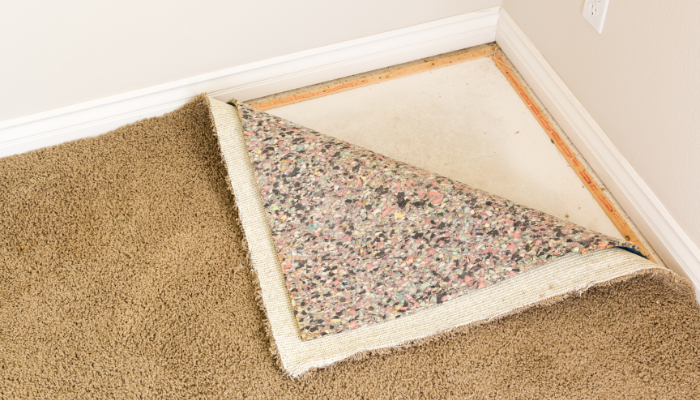
Once the standing water is removed, it’s essential to dry out the basement thoroughly to prevent moisture from lingering and causing mold growth. Even after the visible water is gone, moisture can remain in porous materials like wood, drywall, and concrete. Here’s how to ensure your basement is completely dry:
1. Use Dehumidifiers
A dehumidifier is one of the most effective tools for drying out a damp basement. Dehumidifiers work by pulling moisture from the air and lowering the overall humidity level in the room. For the best results, use a dehumidifier that’s appropriately sized for your basement and run it continuously until the moisture is gone.
2. Ventilate the Basement
Proper ventilation is key to drying out a wet basement. Open windows and doors to allow fresh air to circulate through the space. Fans can also help improve airflow and speed up the drying process. In some cases, you may need to use industrial-grade air movers to dry large or heavily saturated areas.
3. Remove Damaged Materials
If porous materials like carpeting, drywall, or insulation have absorbed water, they may need to be removed and replaced. Wet materials can harbor mold, and if not properly dried, they can lead to further issues down the road. For minor water damage, you may be able to dry out the materials with fans and dehumidifiers, but for significant water exposure, professional remediation may be required.
Step 4: Prevent Mold and Mildew
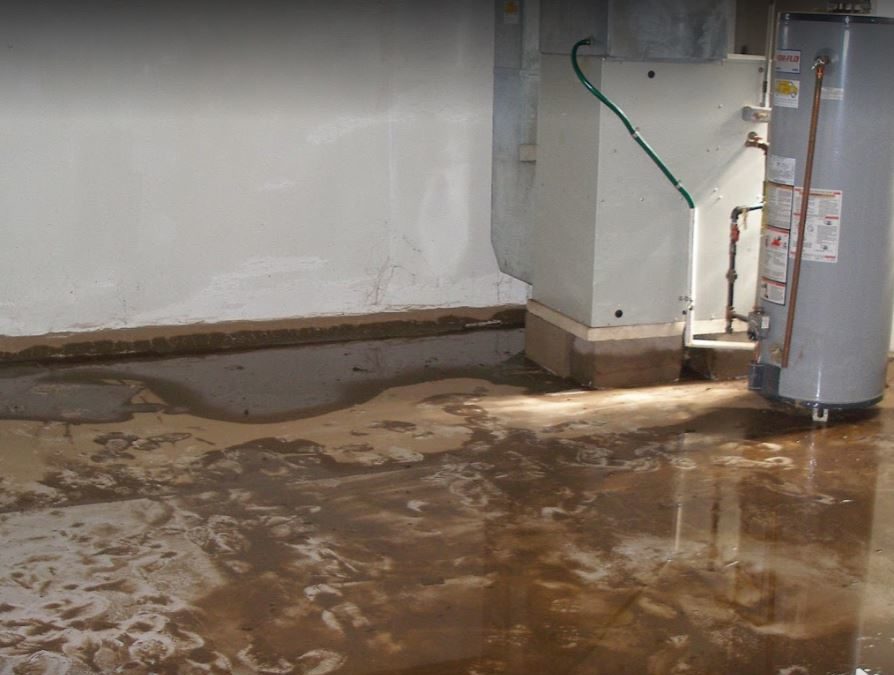
One of the biggest risks of a wet basement is mold growth. Mold thrives in damp environments and can start growing within 24-48 hours of water exposure. Once mold takes hold, it can spread quickly and pose health risks, especially for people with allergies or respiratory conditions. Here’s how to prevent mold after a basement flood:
1. Clean and Disinfect
After removing the water and drying the area, it’s crucial to clean and disinfect all surfaces to kill any mold spores that may have started to grow. Use a solution of bleach and water or a commercial mold-killing product. Be sure to wear protective gear like gloves and a mask when cleaning moldy areas to avoid exposure to harmful spores.
2. Use Mold Inhibitors
Applying a mold inhibitor to cleaned surfaces can help prevent future growth. These products are available at most hardware stores and can be used on walls, floors, and other surfaces. Learn more about mold remediation and prevention here.
3. Monitor Humidity Levels
Even after you’ve dried out the basement, high humidity levels can lead to condensation and future mold growth. Use a hygrometer to monitor the humidity levels in your basement, and aim to keep it below 50%. Running a dehumidifier regularly can help maintain optimal humidity levels and prevent mold from returning.
Step 5: Address the Root Cause of the Problem
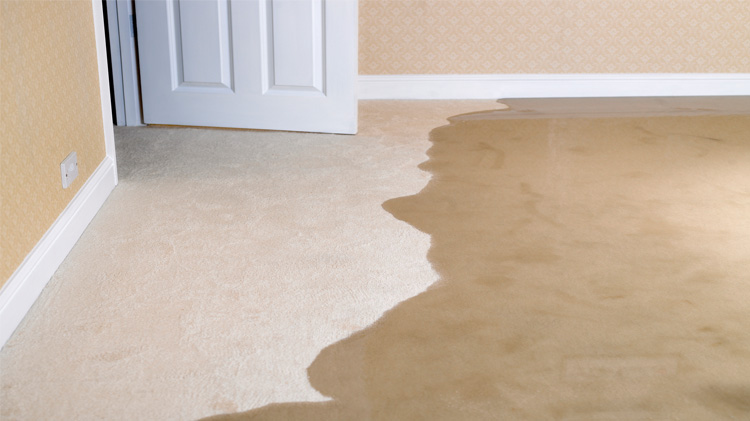
Once your basement is dry and mold-free, it’s time to address the underlying cause of the water intrusion. Simply drying out the basement won’t solve the problem if you don’t fix the source of the moisture. Depending on the issue, you may need to take one or more of the following actions:
1. Waterproof Your Basement
Waterproofing your basement is one of the best ways to prevent future water damage. This may include sealing cracks in the foundation, installing a vapor barrier, or applying a waterproof coating to the walls. Professional waterproofing services can help you determine the best approach for your home. For more information, check out our guide on basement waterproofing solutions.
2. Fix Foundation Cracks
Cracks in your home’s foundation can allow groundwater to seep into the basement, causing persistent moisture issues. Repairing these cracks with professional-grade sealants or hiring a contractor to fix structural damage is essential for keeping water out.
3. Maintain Your Gutters and Downspouts
Clogged or improperly directed gutters and downspouts can lead to water pooling around your foundation, which can then seep into your basement. Regularly cleaning and maintaining your gutters and ensuring that downspouts direct water at least six feet away from your foundation can prevent future water problems.
4. Improve Drainage Around Your Home
Inadequate drainage around your home can lead to basement flooding, especially during heavy rains. Consider installing a French drain or adjusting the slope of your yard to direct water away from your foundation. Proper landscaping and drainage systems can help prevent water from reaching your basement in the first place.
FAQ
| Question | Answer |
|---|---|
| Can I clean up a flooded basement myself? | If the water is clean (from rain or plumbing), you can often clean up the water yourself using wet vacuums, fans, and dehumidifiers. However, if the water is contaminated (from sewage or floodwaters), it’s best to call a professional for safe removal. |
| How long does it take for mold to grow in a wet basement? | Mold can start to grow within 24-48 hours after water exposure, so it’s important to dry out your basement as quickly as possible to prevent mold growth. |
| What should I do if my basement keeps getting wet? | If your basement frequently gets wet, it’s important to address the root cause, whether it’s foundation cracks, poor drainage, or groundwater seepage. Hiring a professional to assess the situation and recommend waterproofing solutions can prevent future issues. |
| Can a wet basement cause structural damage? | Yes, prolonged exposure to moisture can weaken your home’s foundation and cause structural damage. It’s important to fix water issues promptly to avoid costly repairs in the future. |
| Do I need to hire a professional for water damage? | If the water damage is extensive or involves contaminated water, hiring a professional is the safest option. They have the tools and expertise to remove water, dry the area, and prevent mold growth effectively. |
If your basement is wet and you need professional help, contact Citywide Mold Mitigation for expert water damage restoration and mold remediation services.

